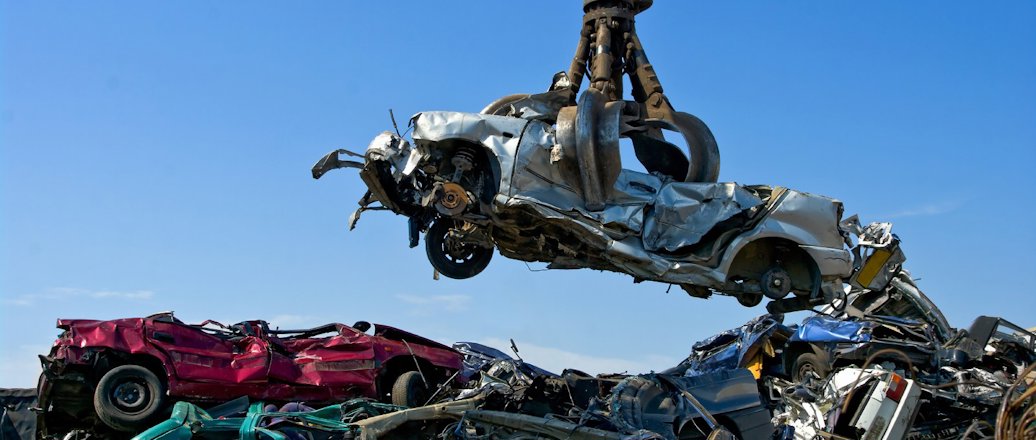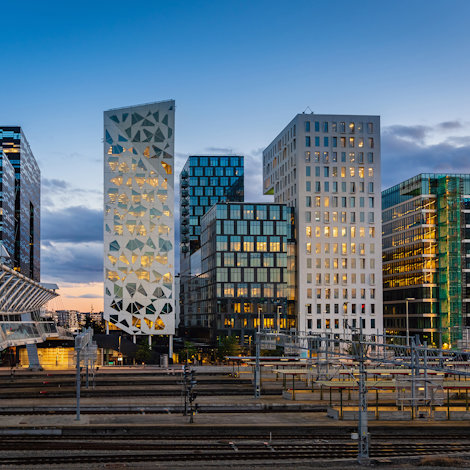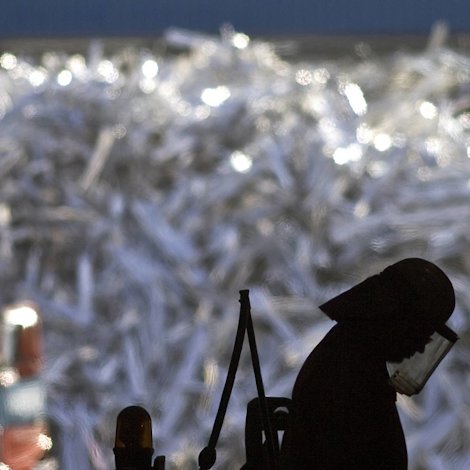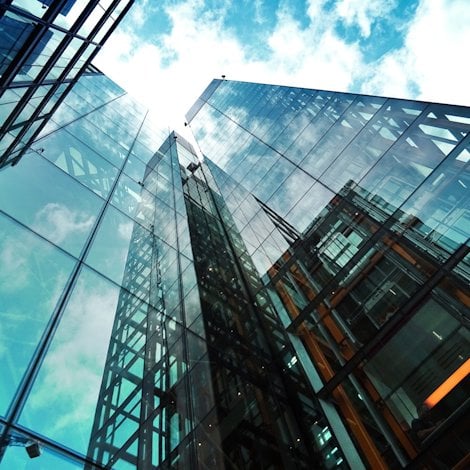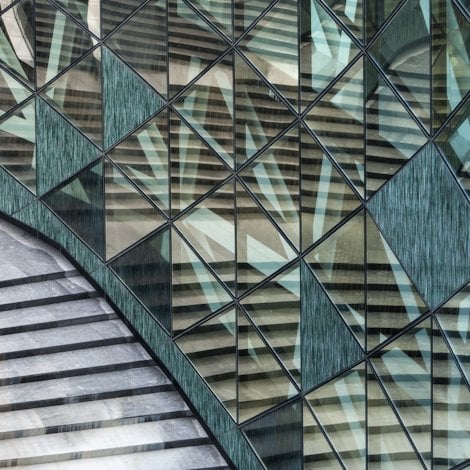Why differences in recycled aluminium impact carbon footprint
You can contribute to a more sustainable world by buying products made with materials that have been used before. Wouldn’t you like to tell your friend that the new Iphone you bought was manufactured with materials taken from the scrap heap?
I admit to feeling a little guilty, on occasion, after leaving a shop. Materialistic. That by buying something new, I’ll have to throw something else away.
It’s not easy to shake that feeling, but it’s getting easier. At least it is, when what you buy is made from materials that can be recycled. But how do I know if the phone I buy, the kitchen table, window or the bicycle, can be recycled?
We already sort household items for recycling: plastic bottles, glass jars, newspapers and magazines. Most metals can be recycled, too.
Aluminium is one of few materials that keeps its properties after recycling. It can be used again and again.
Recycled process scrap
What is the difference between materials that are reused and materials that have been recycled for new uses? As I mentioned, aluminium can be remelted and used again without loss in quality.
One source is aluminium process scrap (below, right). This is production waste from manufacturing processes, such as extrusion, where the metal has not been applied in a consumer product. It hasn’t been used. It is collected from production and then melted again into a new part.
This is positive, considering that when we recycle aluminium, we save about 95 percent of the energy used in the production of primary aluminium.
Recycled post-consumer scrap
Post-consumer aluminium scrap (above, left), on the other hand, is metal that has been used in a product that has gone through its full life-cycle.
The post-consumer stage starts when a used aluminium product is ready for disposal, recycling or reuse. An aluminium window frame in a building, for instance, can be considered post-consumer scrap when the building is demolished and the aluminium is obtained and sent on to be remelted, then applied in a new product.
Complex recycling process
Today, the amount of post-consumer metal is still lower than that of primary or process-recycled metal. But that will change. I am convinced that the scrap heap is going to grow quite fast, and it is going to become very important to be able to recycle the scrap without degrading the metal to “secondary quality.”
There is another significant difference between the two types of scrap, and this is where the challenge lies: It is more difficult to produce top-quality metal that has a high content of post-consumer scrap.
Let me go back to the aluminium window frame. An aluminium frame has probably been anodized and painted. It may also contain thermal break – the insulation within the frame. Conversely, process scrap is basically virgin metal.
Recycling the aluminium from a window frame is a complex process with many steps. Inspection, separation, shredding, decoating. The metal also needs to be x-rayed to determine alloying elements, and segregated. Why? Because different types of alloys should not be melted together if you want to have similar high-quality alloy back from the recycling loop.
Recycled aluminium for a new product
We all like to buy things that have a low carbon footprint or which are made from used materials, and the aluminium industry is doing more to help us do that. More producers are investing in the advanced technology that is needed to carry out the steps I just described.
That is what I call real recycling. The higher the recycled post-consumer content in aluminium, the lower the carbon footprint.

